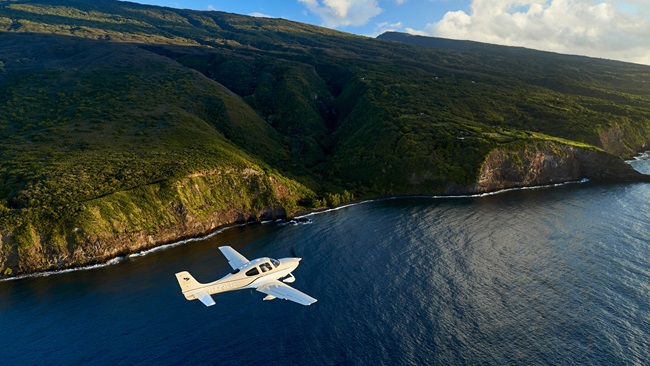Sounds like a plan
Kansas establishes test corridor for supersonic aircraft
A 770-mile-long racetrack in the sky above Kansas could become the proving ground for innovations that bring supersonic aircraft back into widespread civilian use.
Supersonic aircraft have been non-grata in skies above populated places since the heady but noisy days of the supersonic Concorde, but the goal of flying civilian aircraft at supersonic speeds was never abandoned.
“To be able to deliver this new opportunity for our country is yet another example of Kansas cementing its reputation as a national leader in the aviation industry,” Kelly said in a news release. “This high-altitude flight corridor gives Kansas a strategic advantage in attracting companies involved in the development of supersonic aircraft, and will play a significant role in our state’s ability to encourage economic development as we recover from the COVID-19 pandemic.”
State researchers and the National Institute of Aviation Research of Wichita State University will collect and evaluate noise data and telemetry from test aircraft, with the partnership bringing “a sophisticated and cost-effective flight test capability within reach of every major aircraft manufacturer in the country,” according to WSU Senior Vice President for Industry and Defense Programs and NIAR Executive Director John Tomblin.
An illustration that accompanied Kelly’s news release depicts the corridor as an elongated racetrack running the length of Kansas from Pittsburg in the east to Liberal and Garden City in the west, with Wichita—long a national hub of aviation development and manufacturing—positioned roughly at its center. The corridor would operate at 39,000 feet msl and above.
Two federal rulemaking initiatives being pursued by the FAA are also intended “to advance the development of civil supersonic aircraft,” the agency noted in a fact sheet issued on November 25, adding that the Concorde “was retired nearly two decades ago because of the high cost of meeting the environmental restrictions on sonic booms, inefficient fuel consumption, and other factors” that limited its utility.
“Companies in the United States and abroad are now taking a new look at supersonic air travel. Lighter and more efficient composite materials, combined with new engine and airframe designs, may offer the potential for introduction of a viable SST,” it said.
The test route was assessed by the Kansas City Air Route Traffic Control Center “to protect the safety and efficiency of the National Airspace system,” the state’s announcement noted.
Kansas wants supersonic flight pioneers to see the corridor as a strategic edge, with state Aviation Director Bob Brock naming “Boeing, Lockheed Martin, Aerion, Spike and Boom Aerospace” as potential users. (Virgin Galactic has also entered the race to return to civilian supersonic flight.)
The announcement included supportive statements from NASA Administrator Jim Bridenstine, who noted that “NASA is working with industry to build supersonic aircraft with ‘low-boom’ or ‘no boom’ flight characteristics, and Sen. Jerry Moran (R-Kan.) who cited forecasts showing “a market for as many as 300 sophisticated supersonic aircraft over a 10-year period, representing as much as $40 billion in revenue and requiring a ‘deep bench of skilled manufacturing talent.’”
Moran added that 73 years after legendary test pilot Chuck Yeager broke the sound barrier, Kansas will play a unique role bringing forward a new generation of supersonic transportation. Yeager died December 7.




